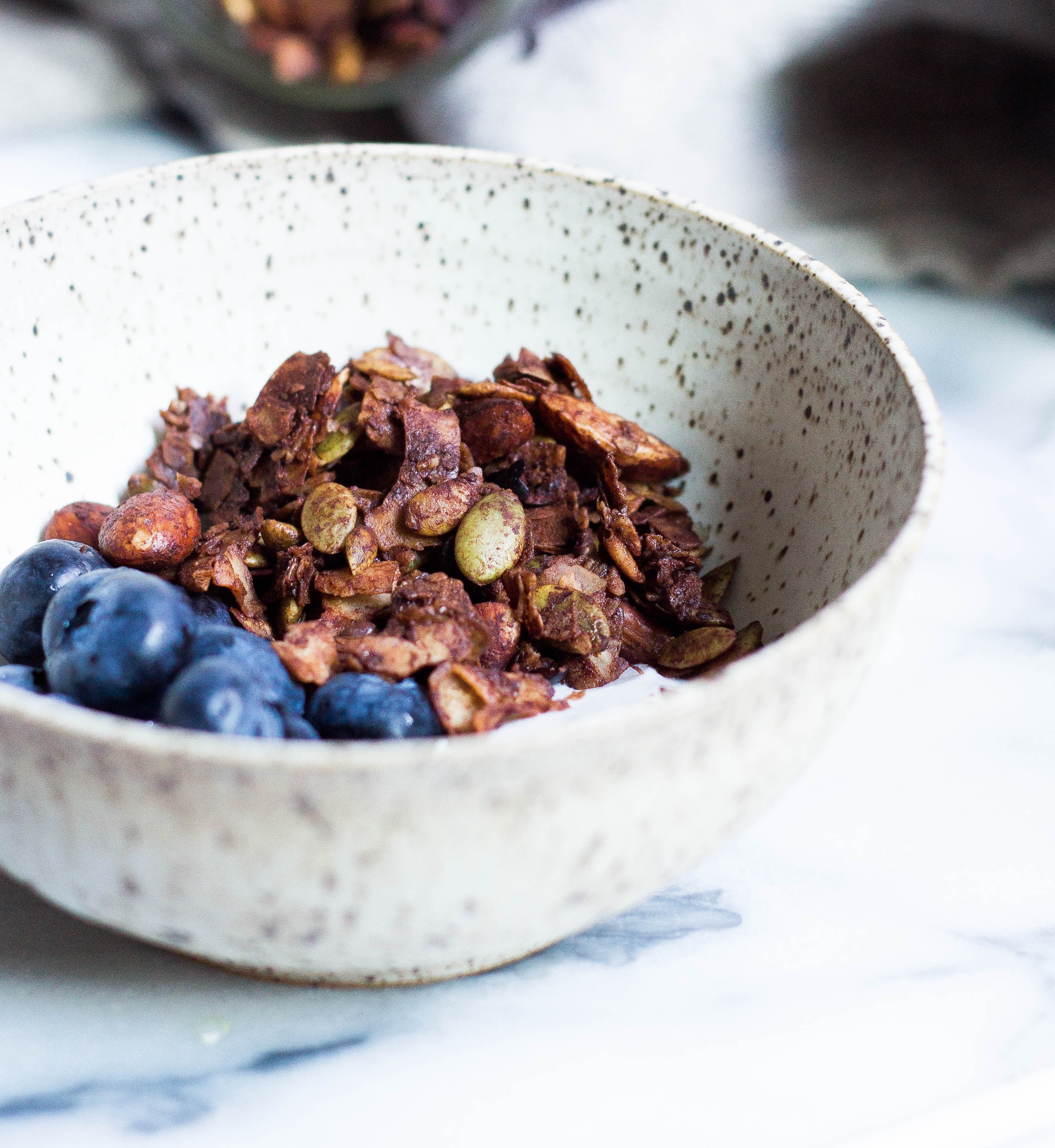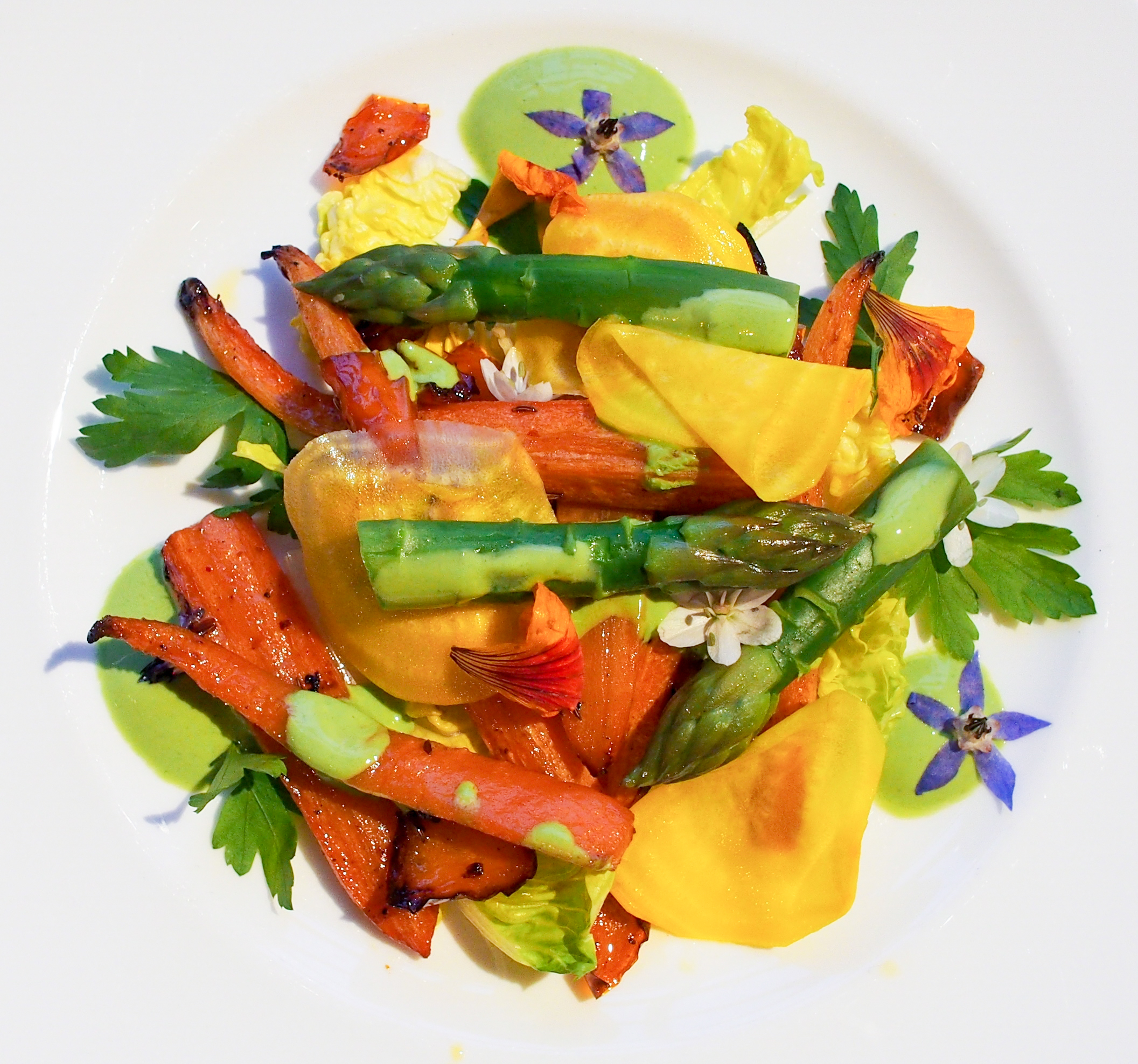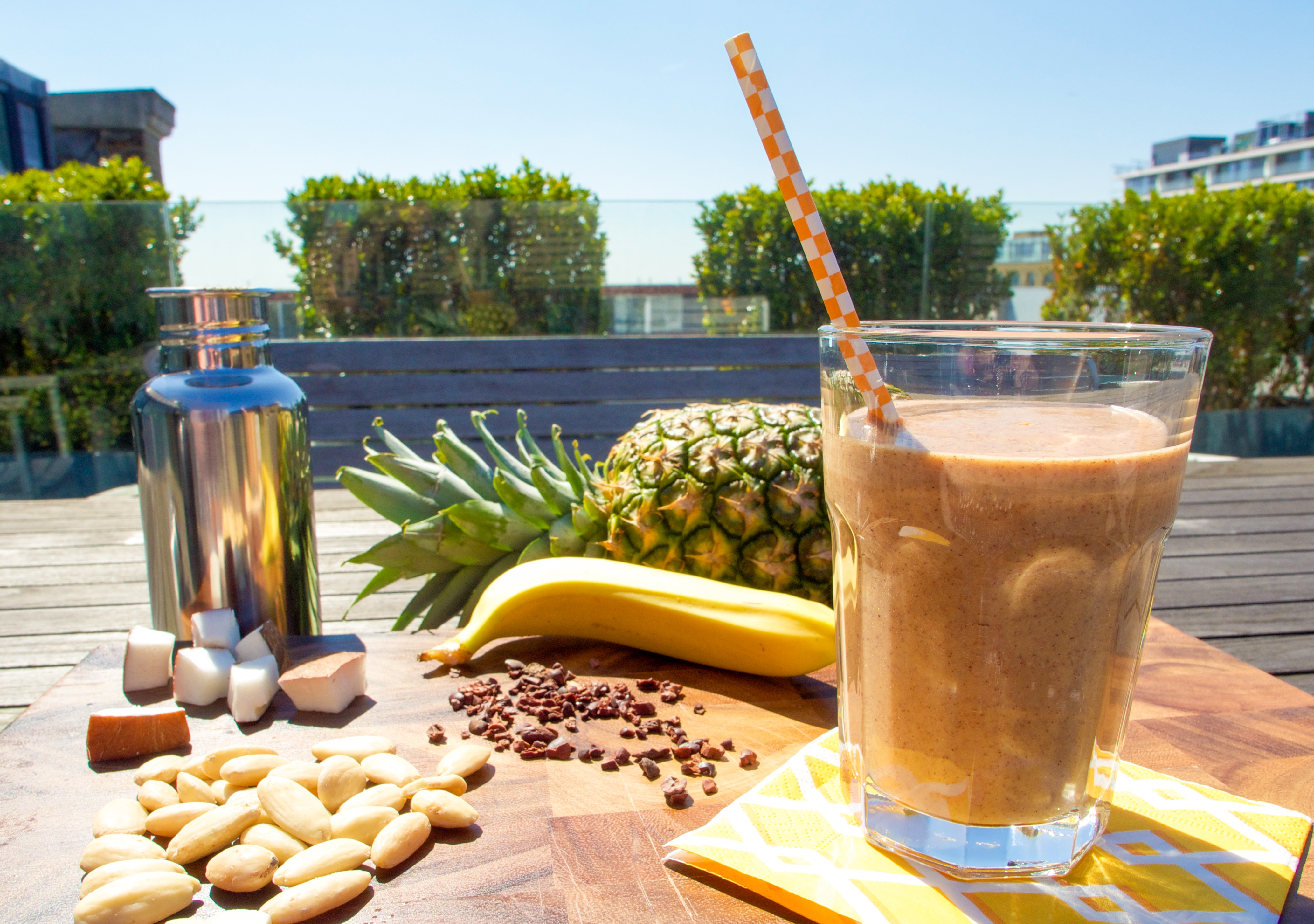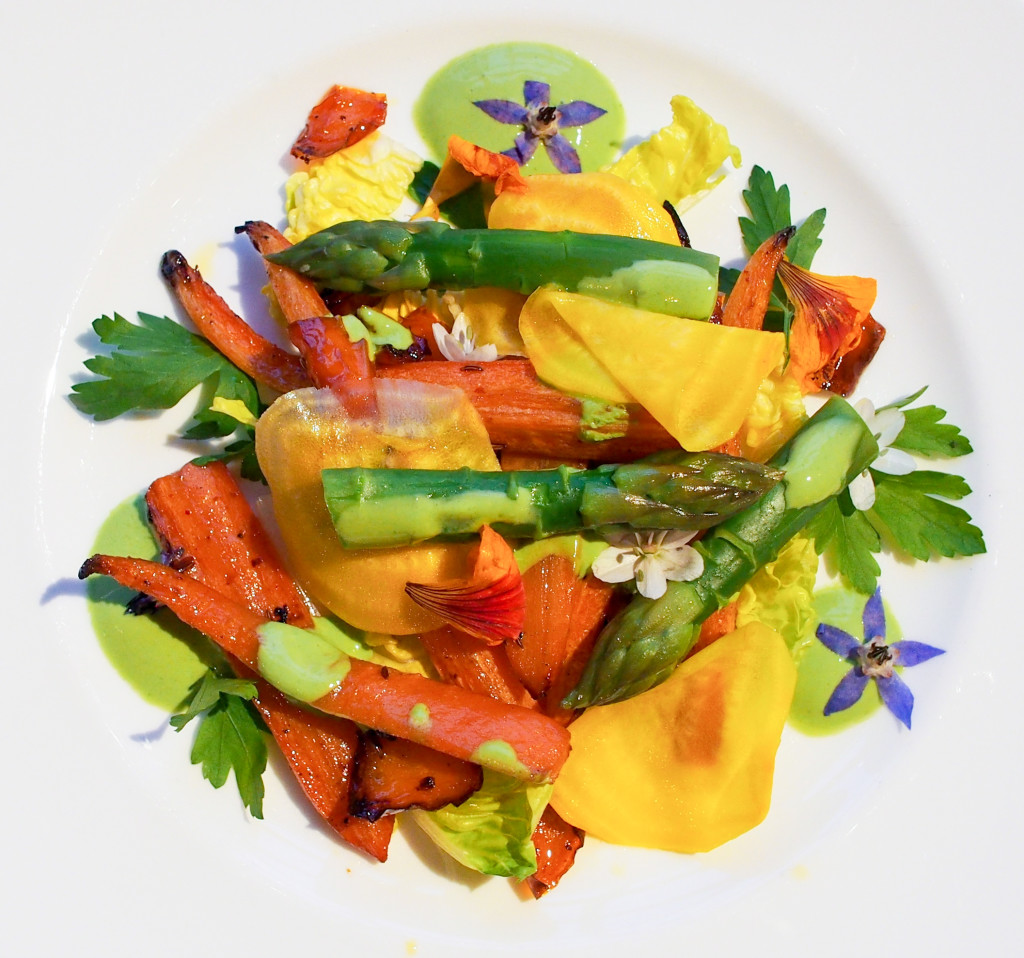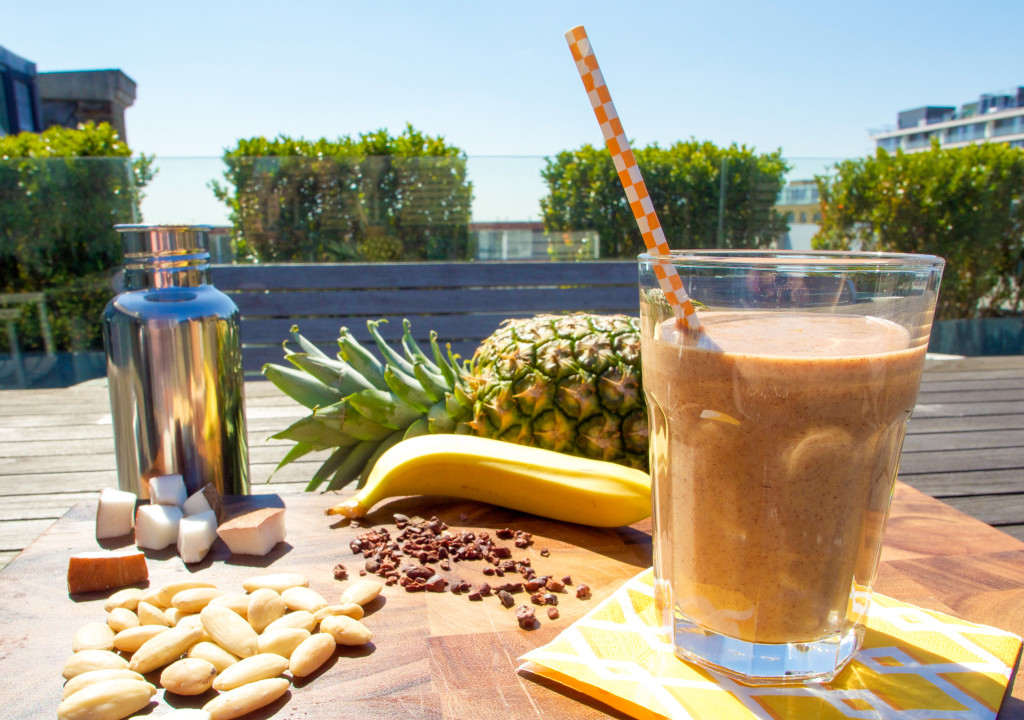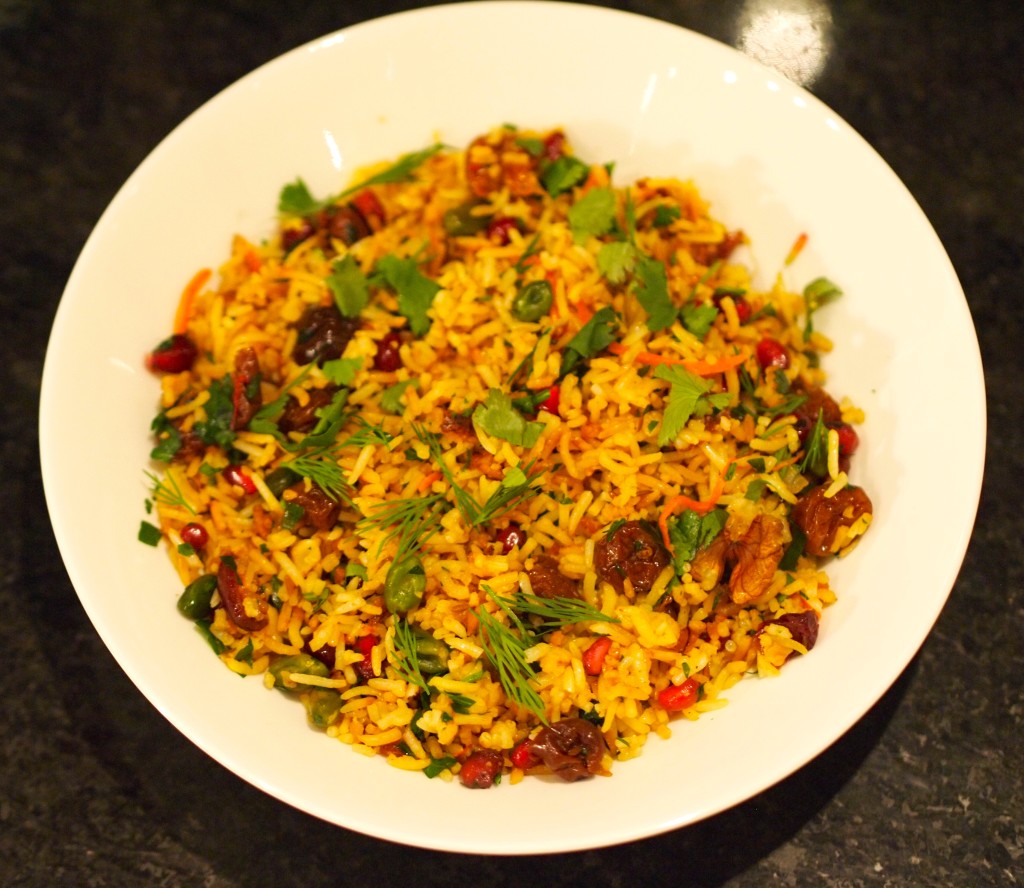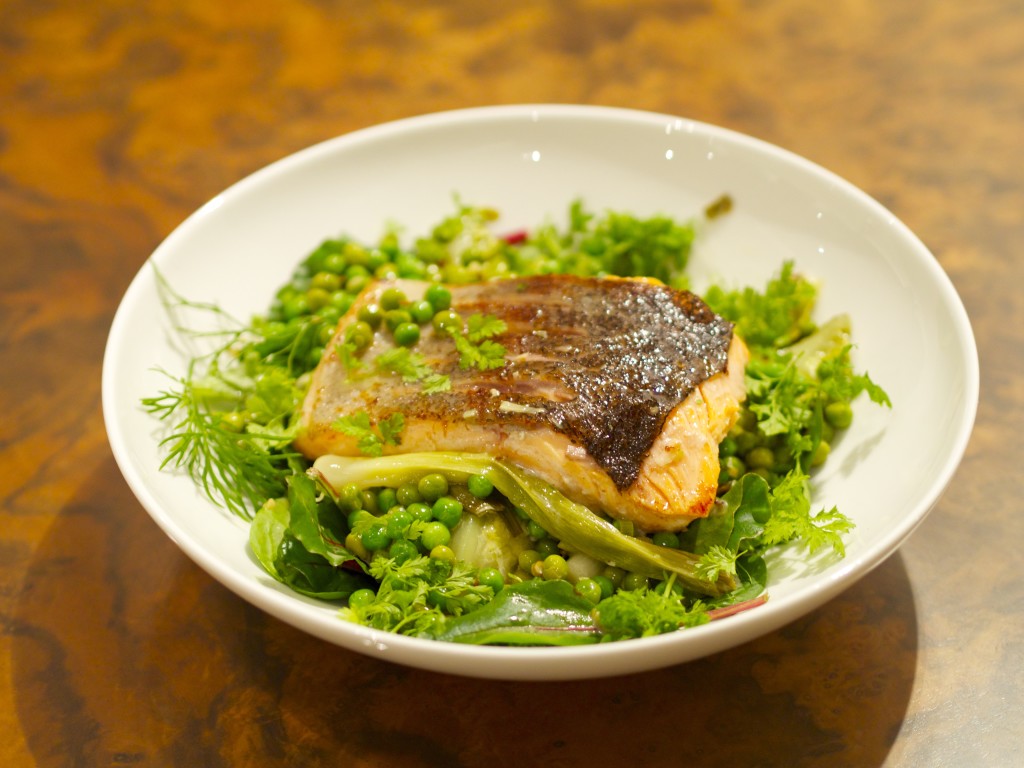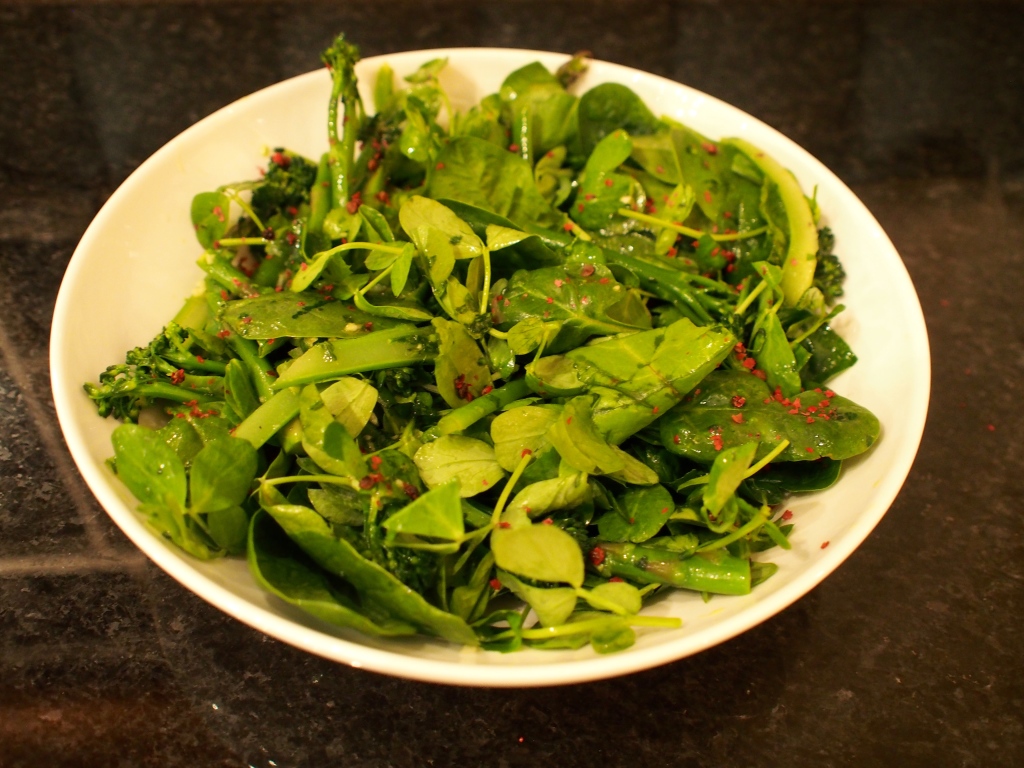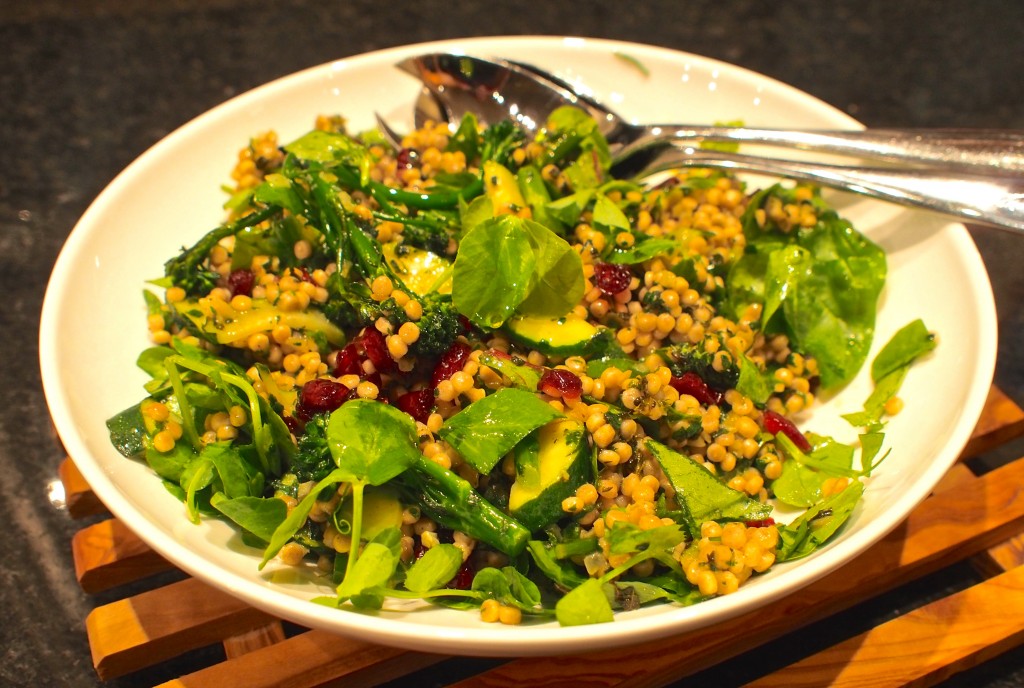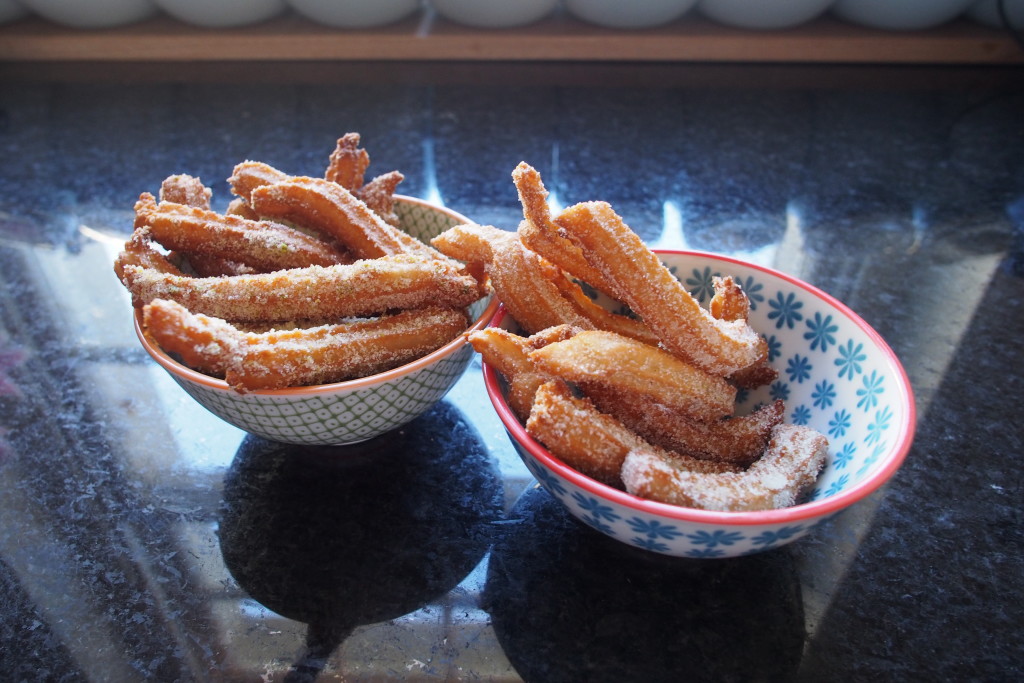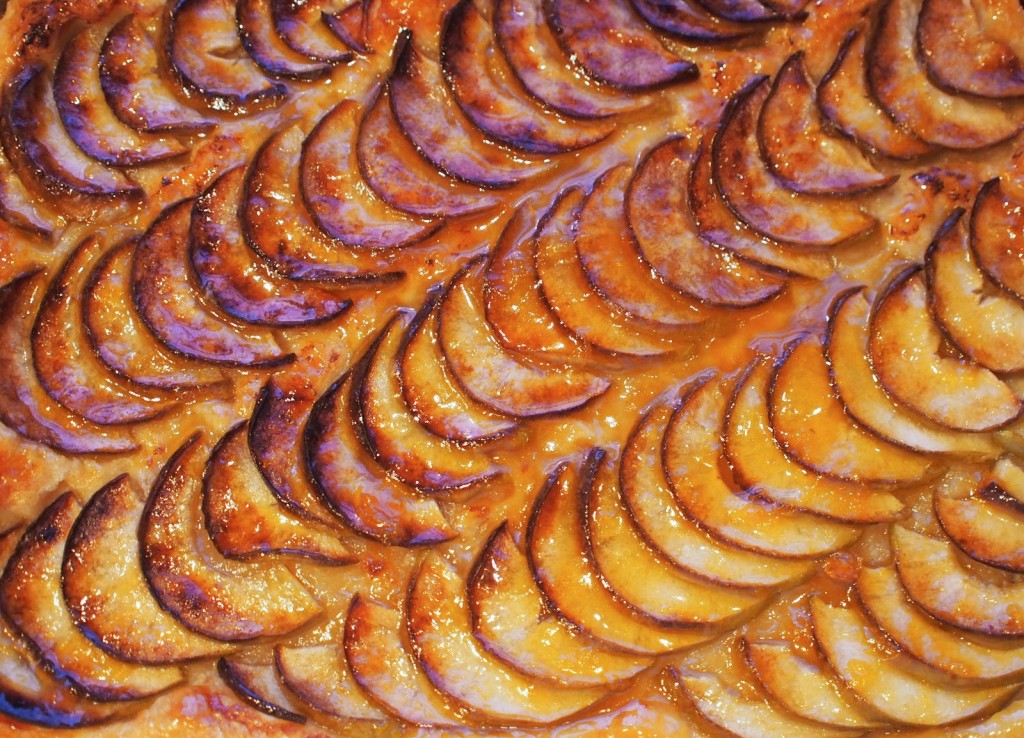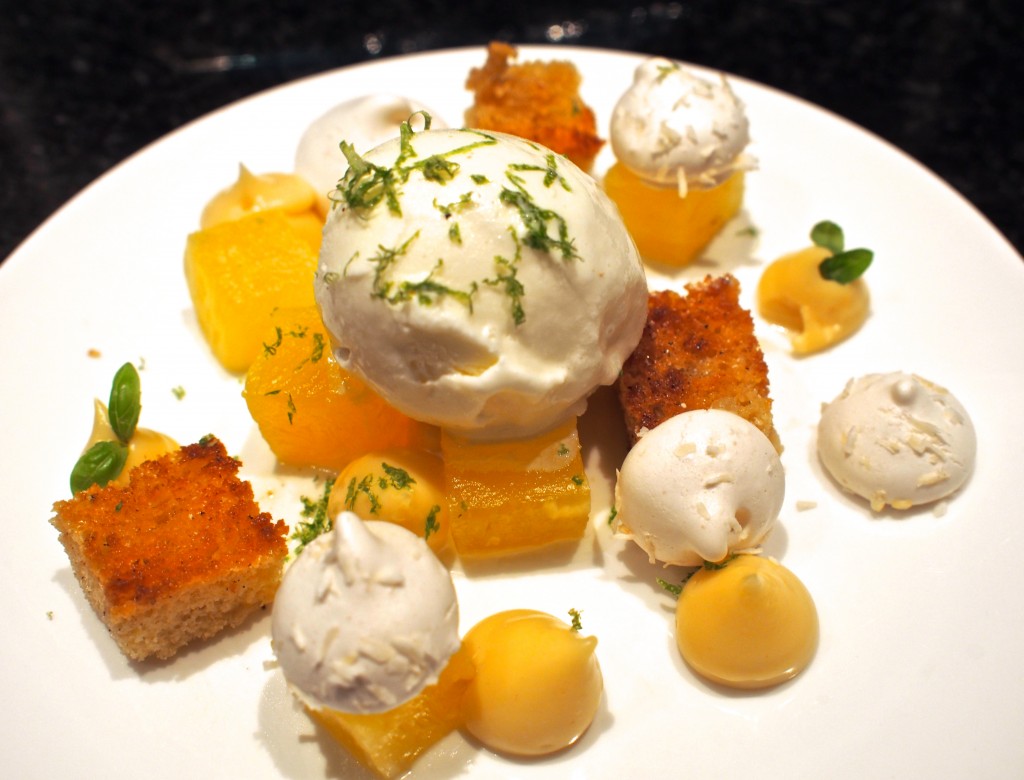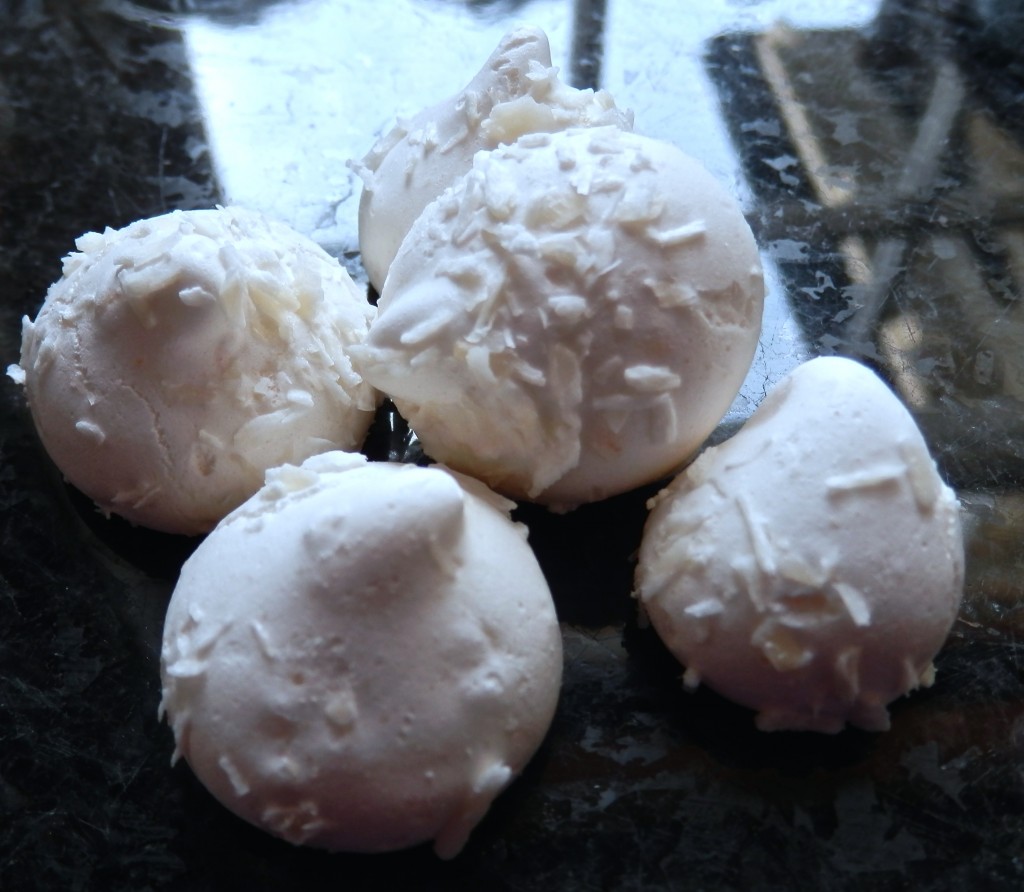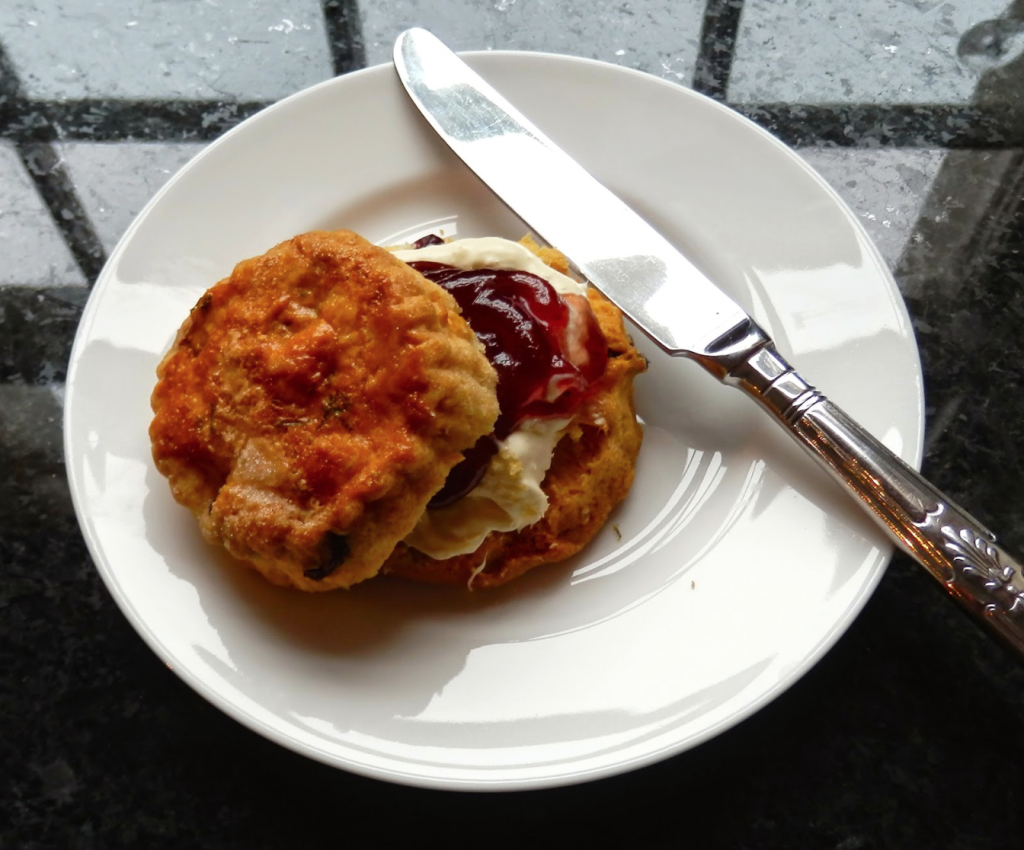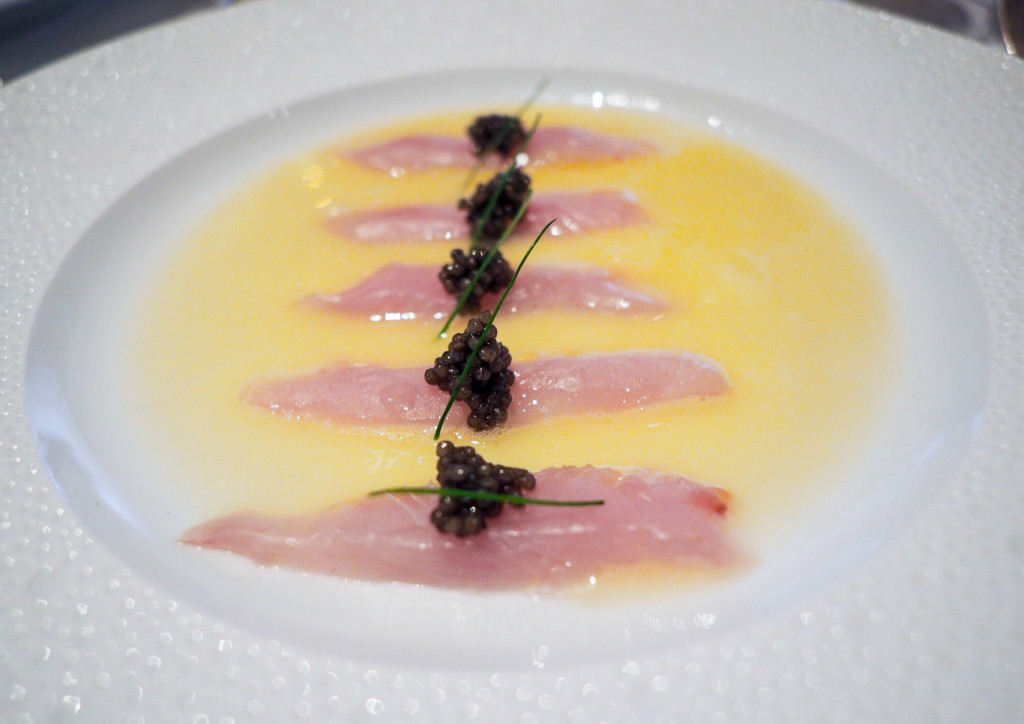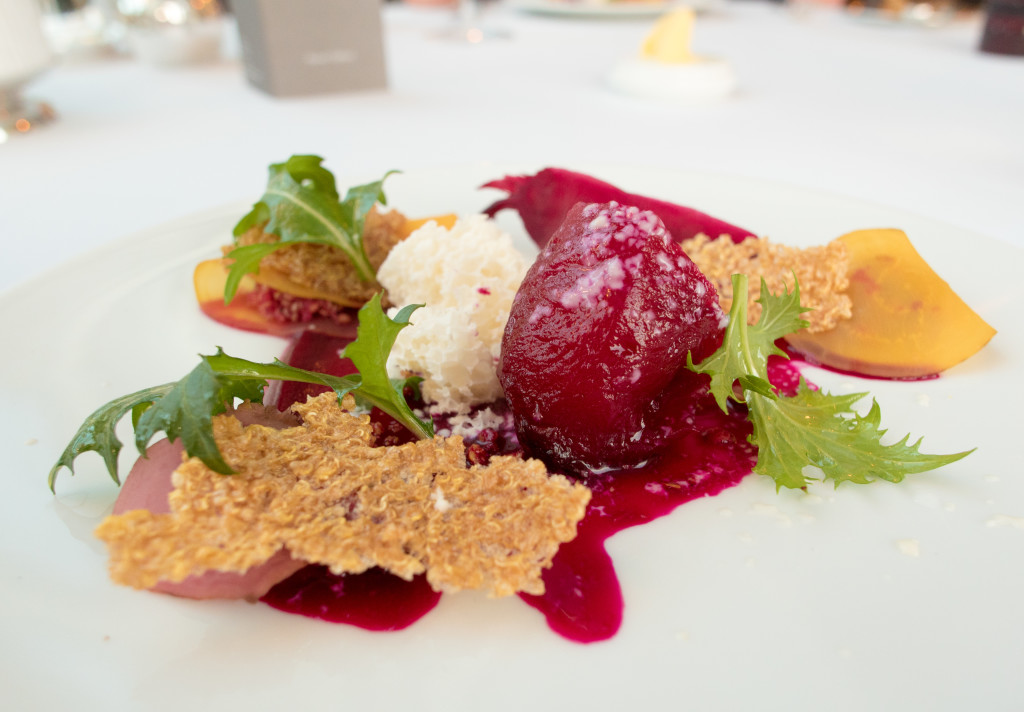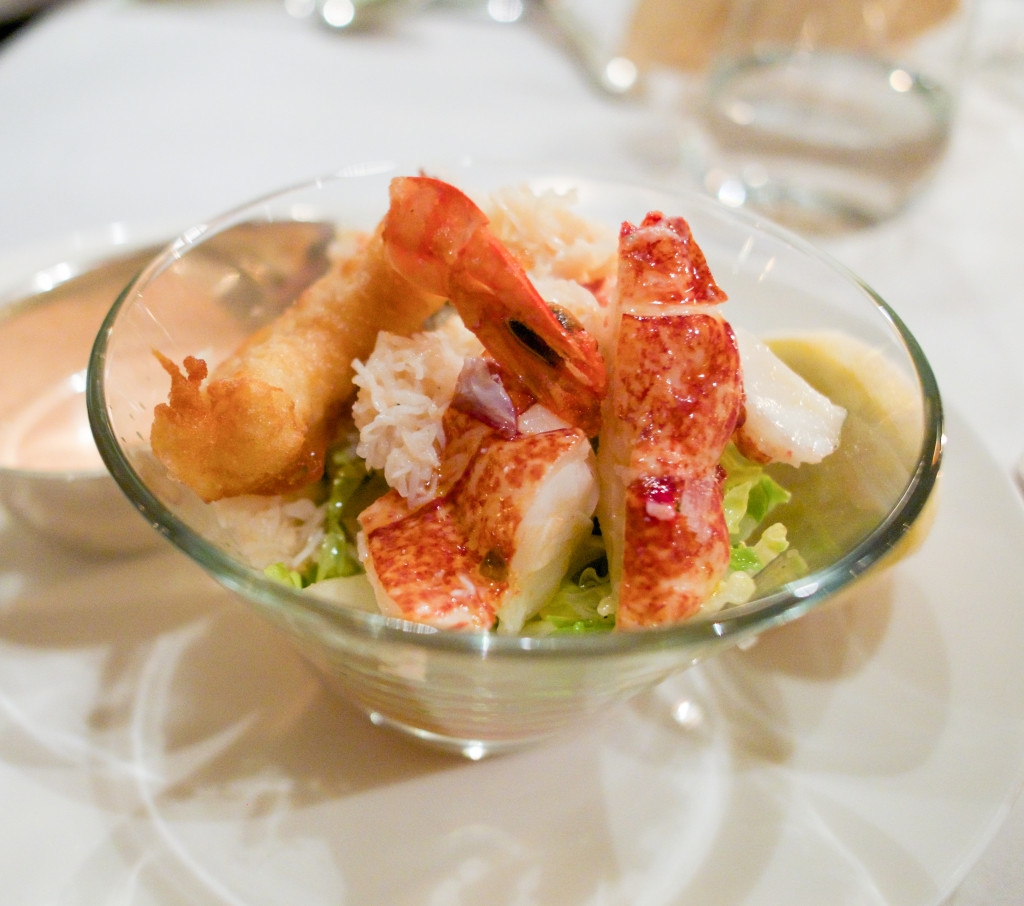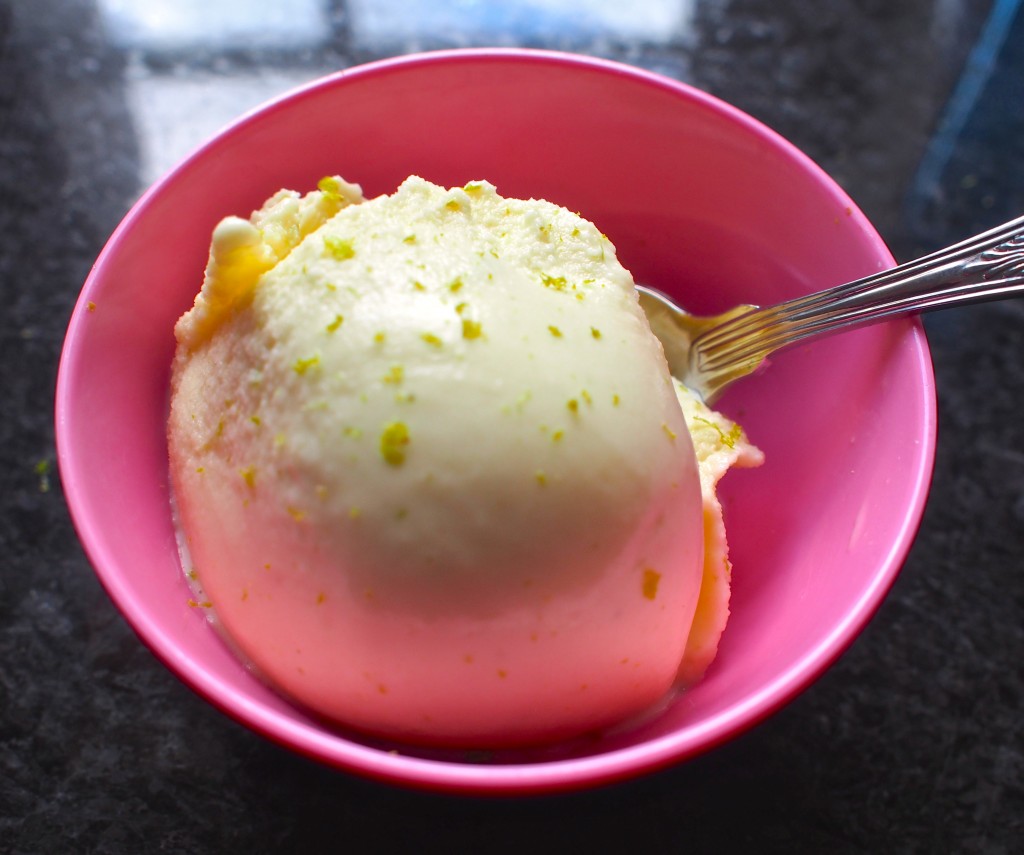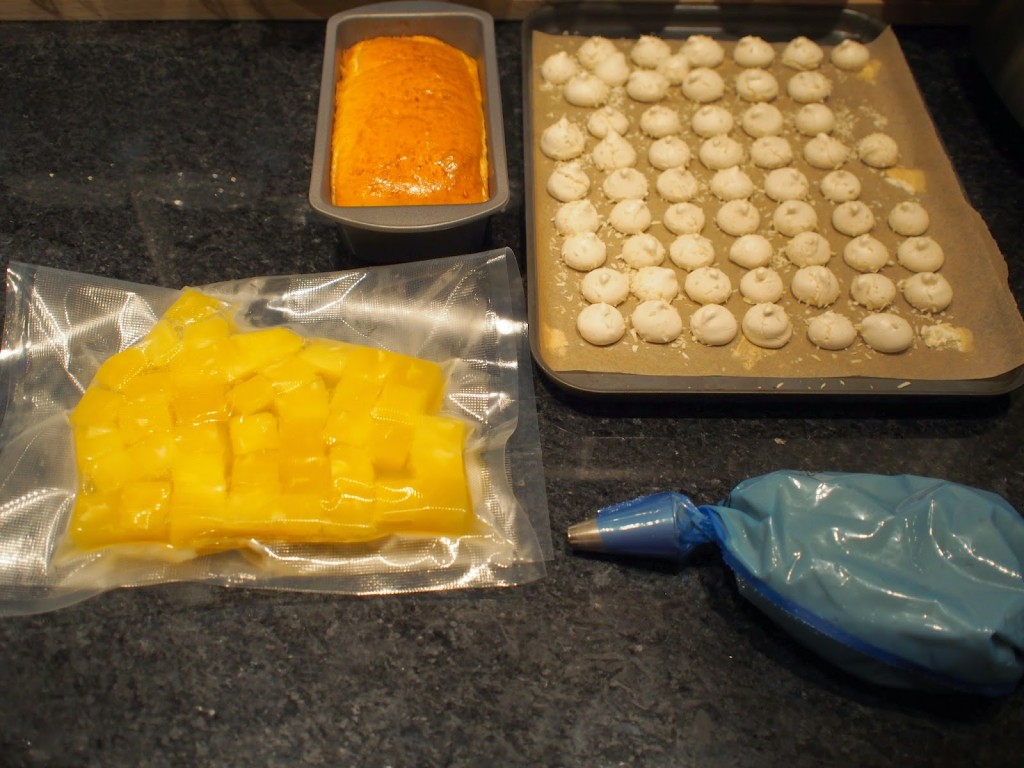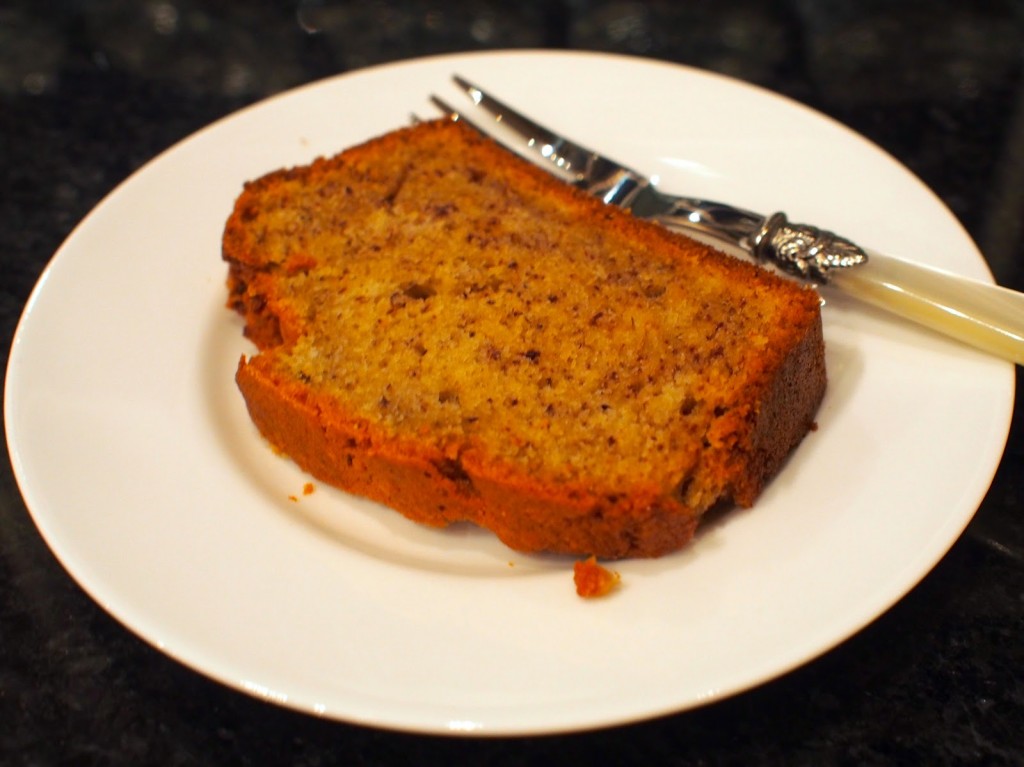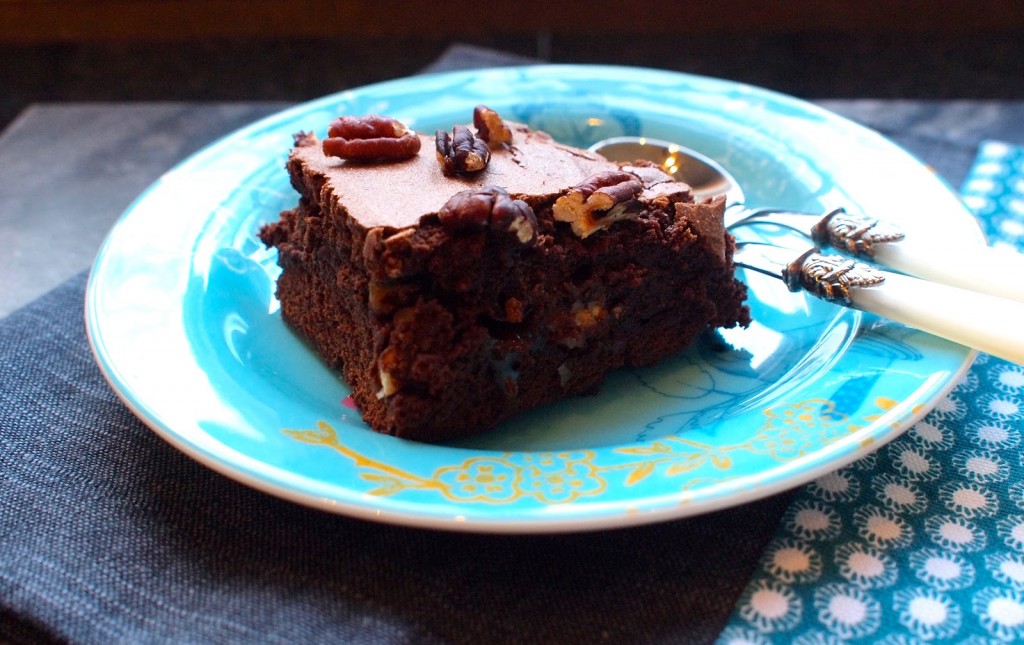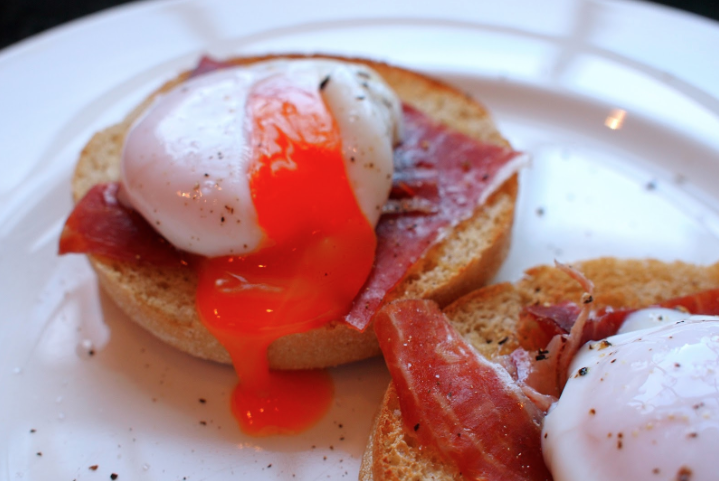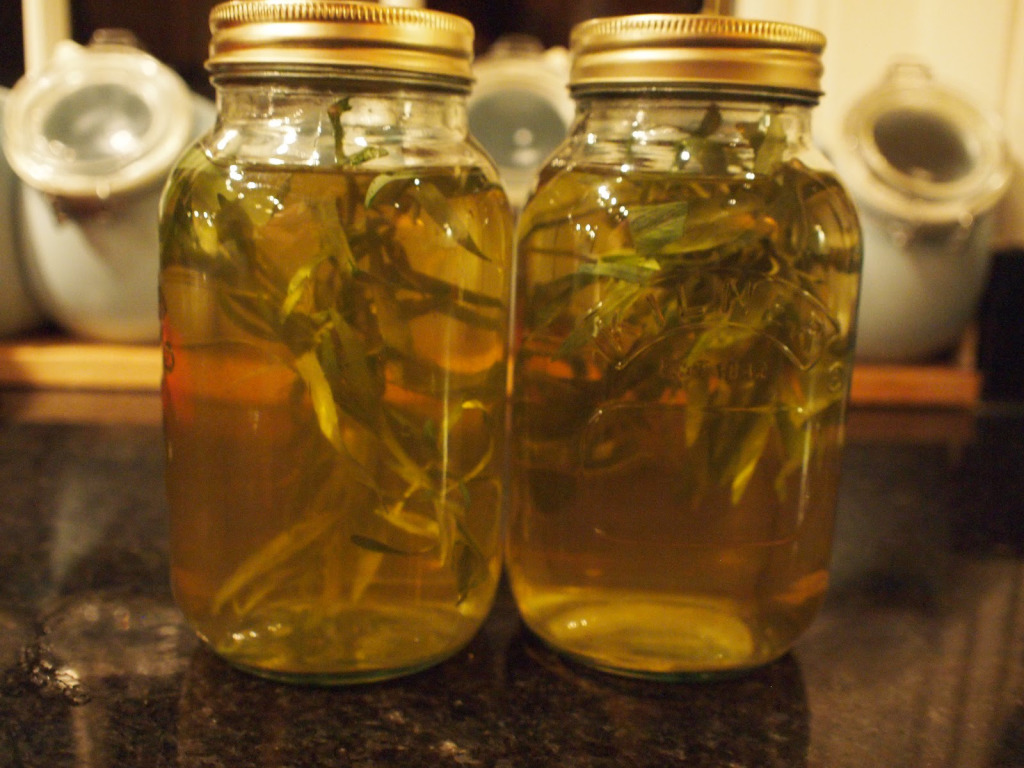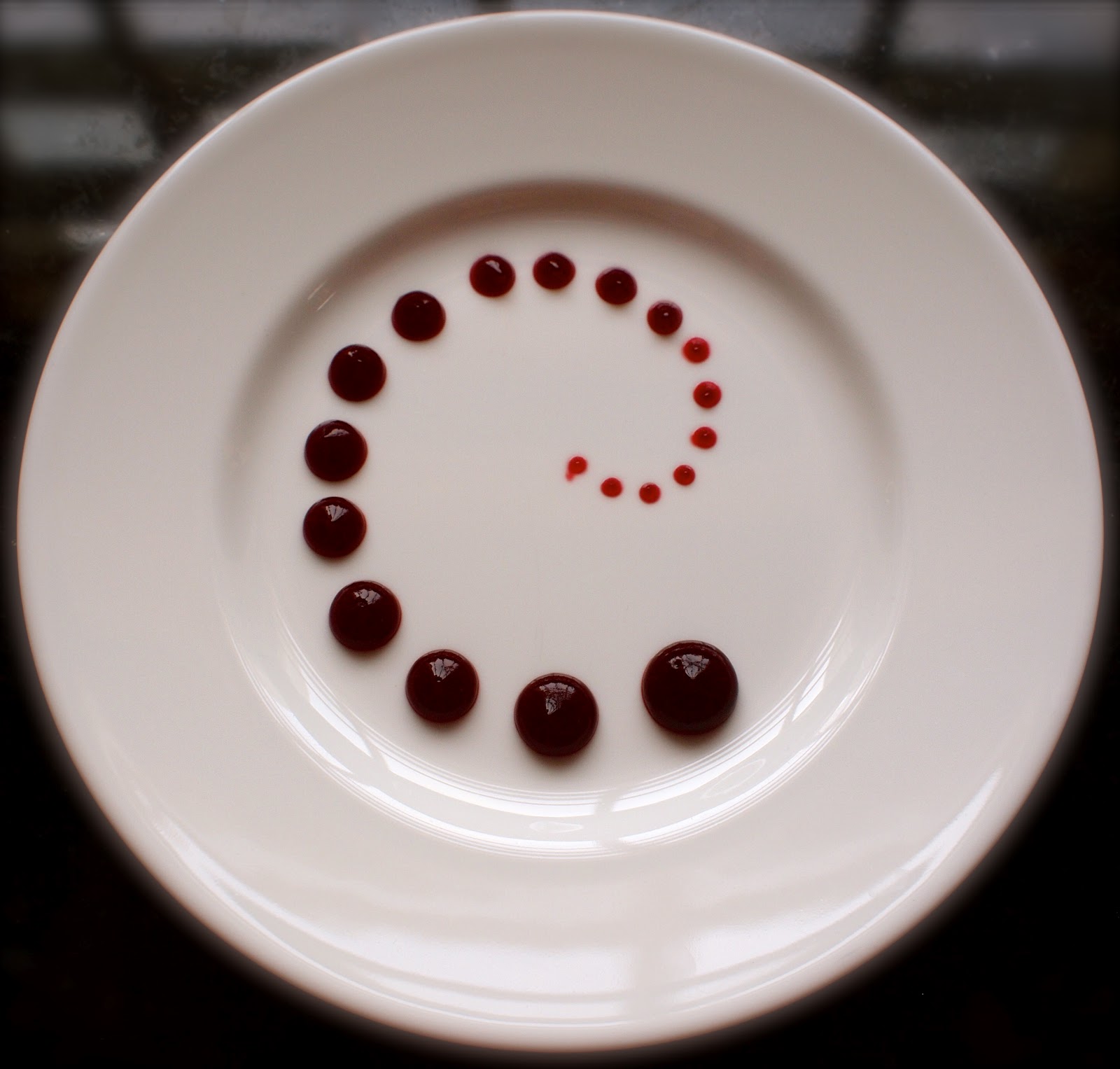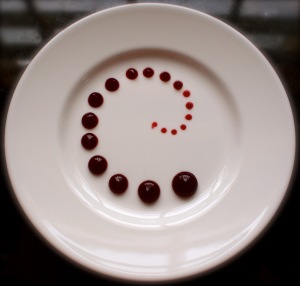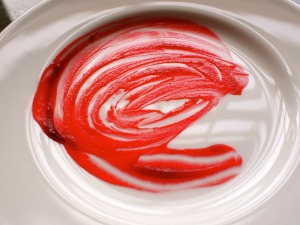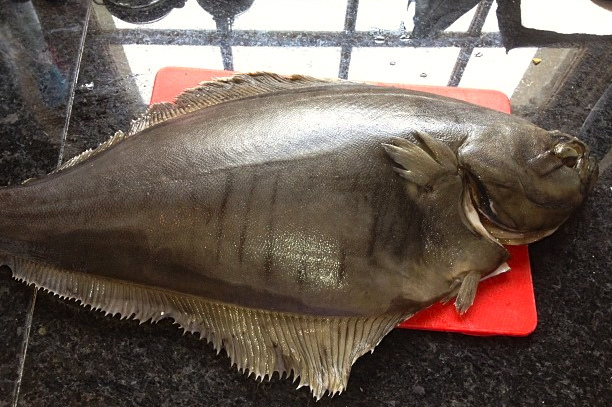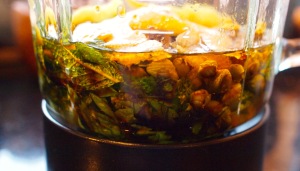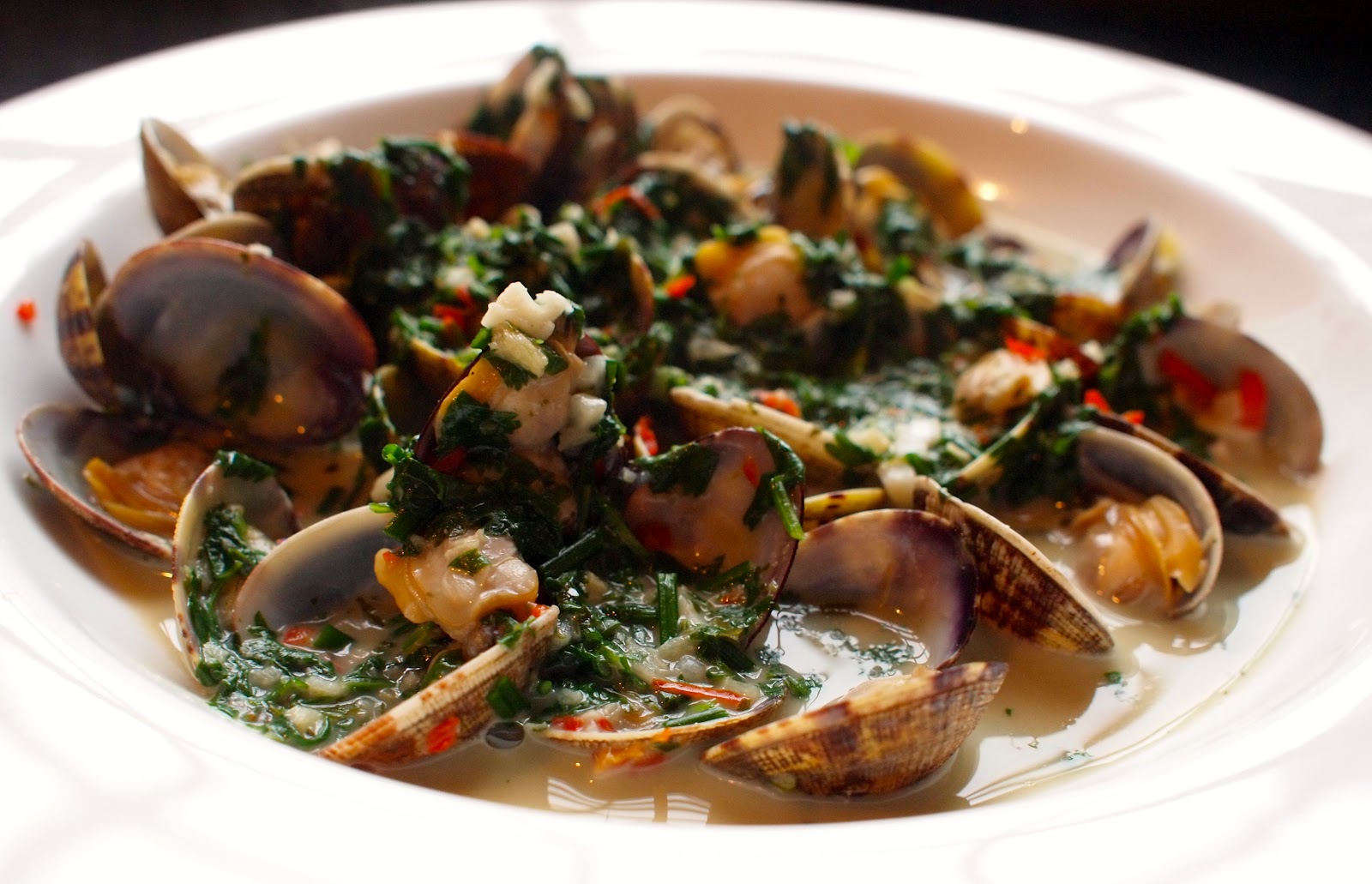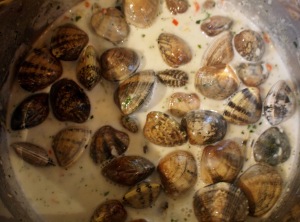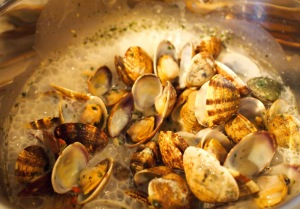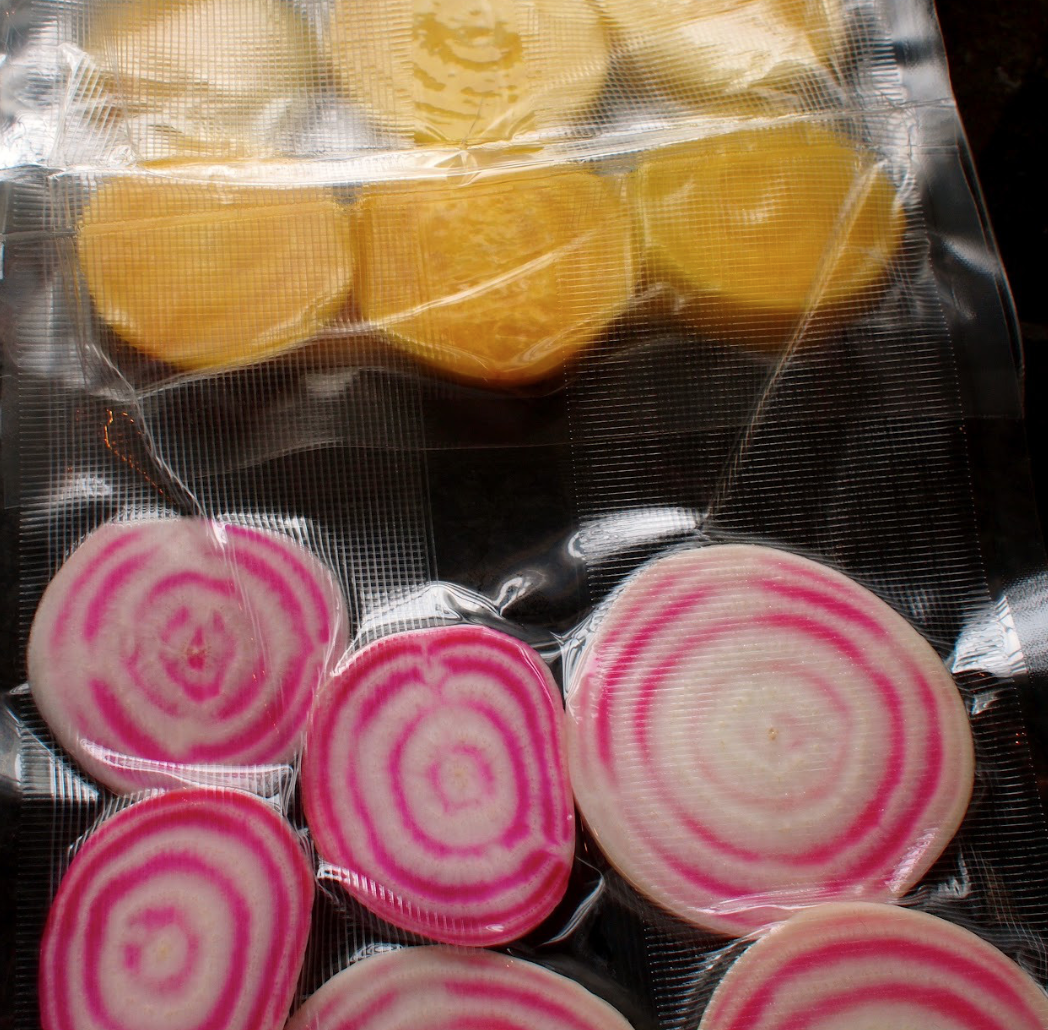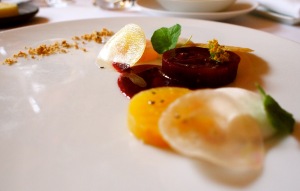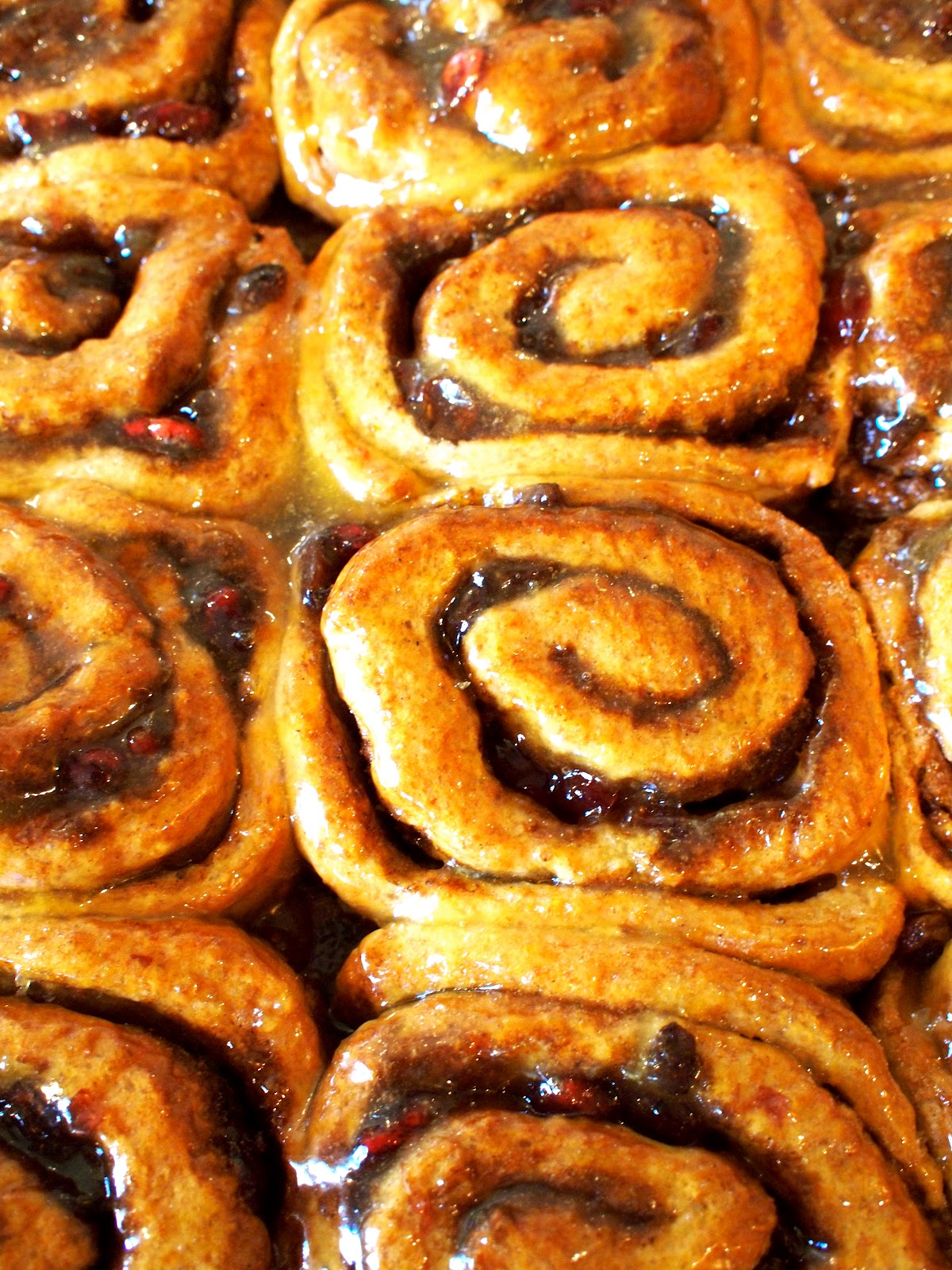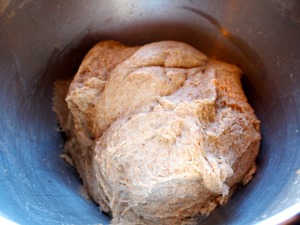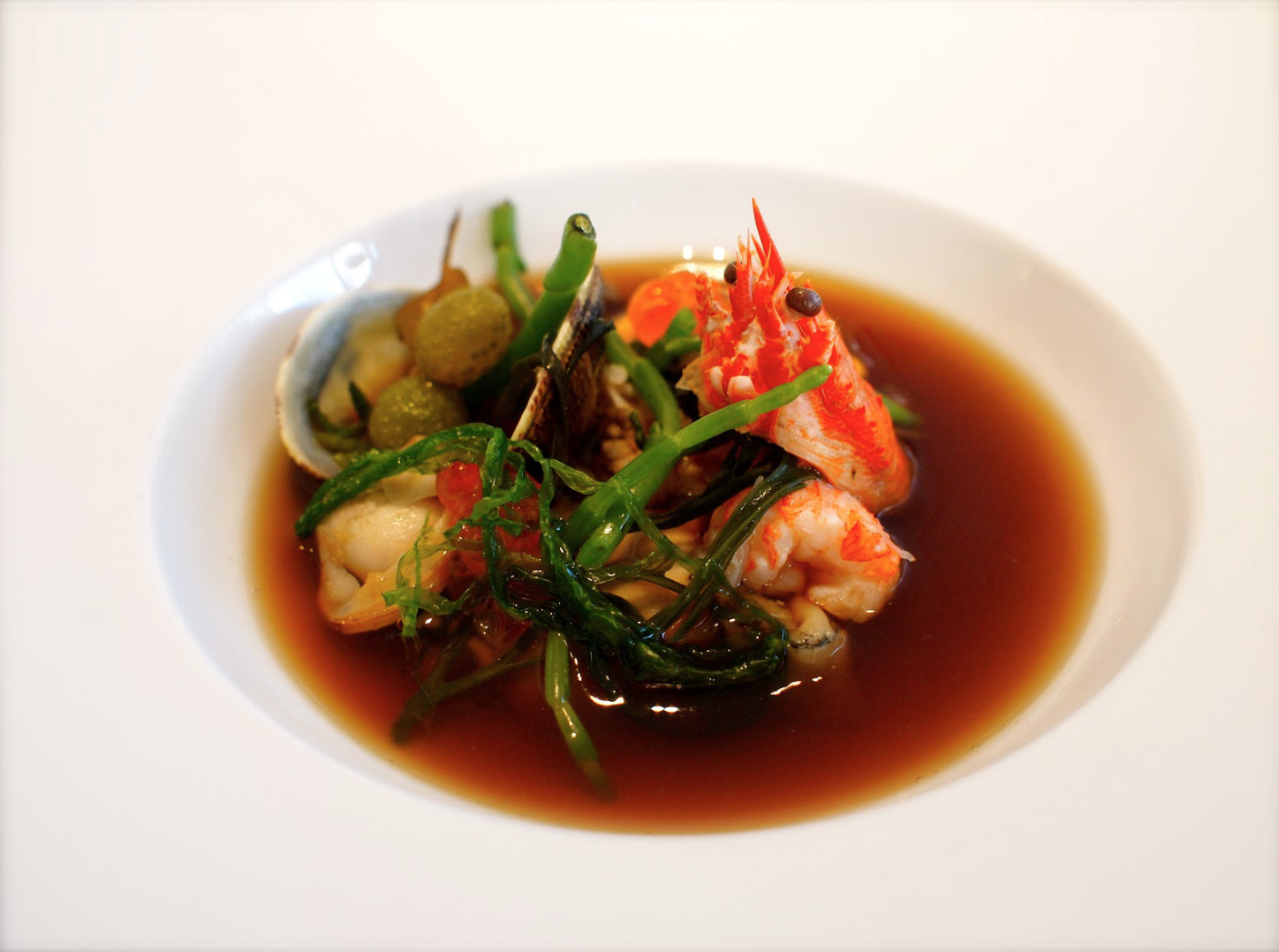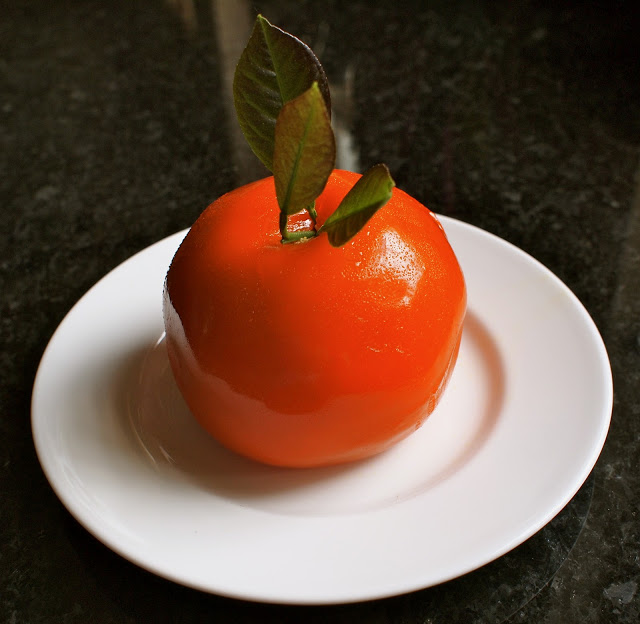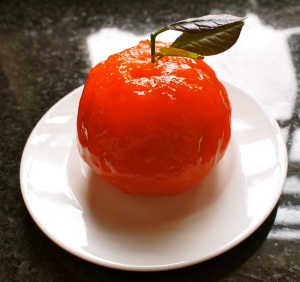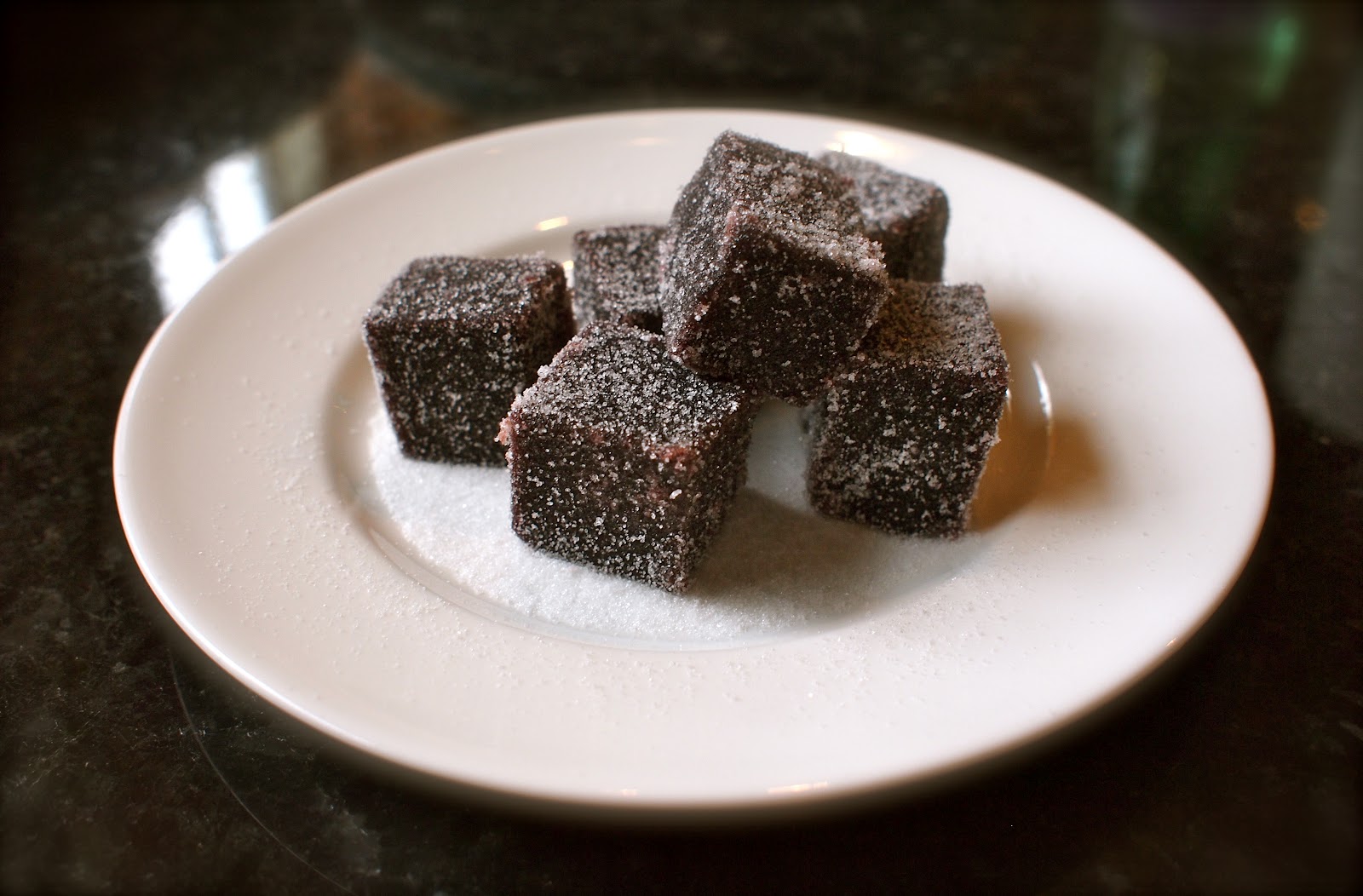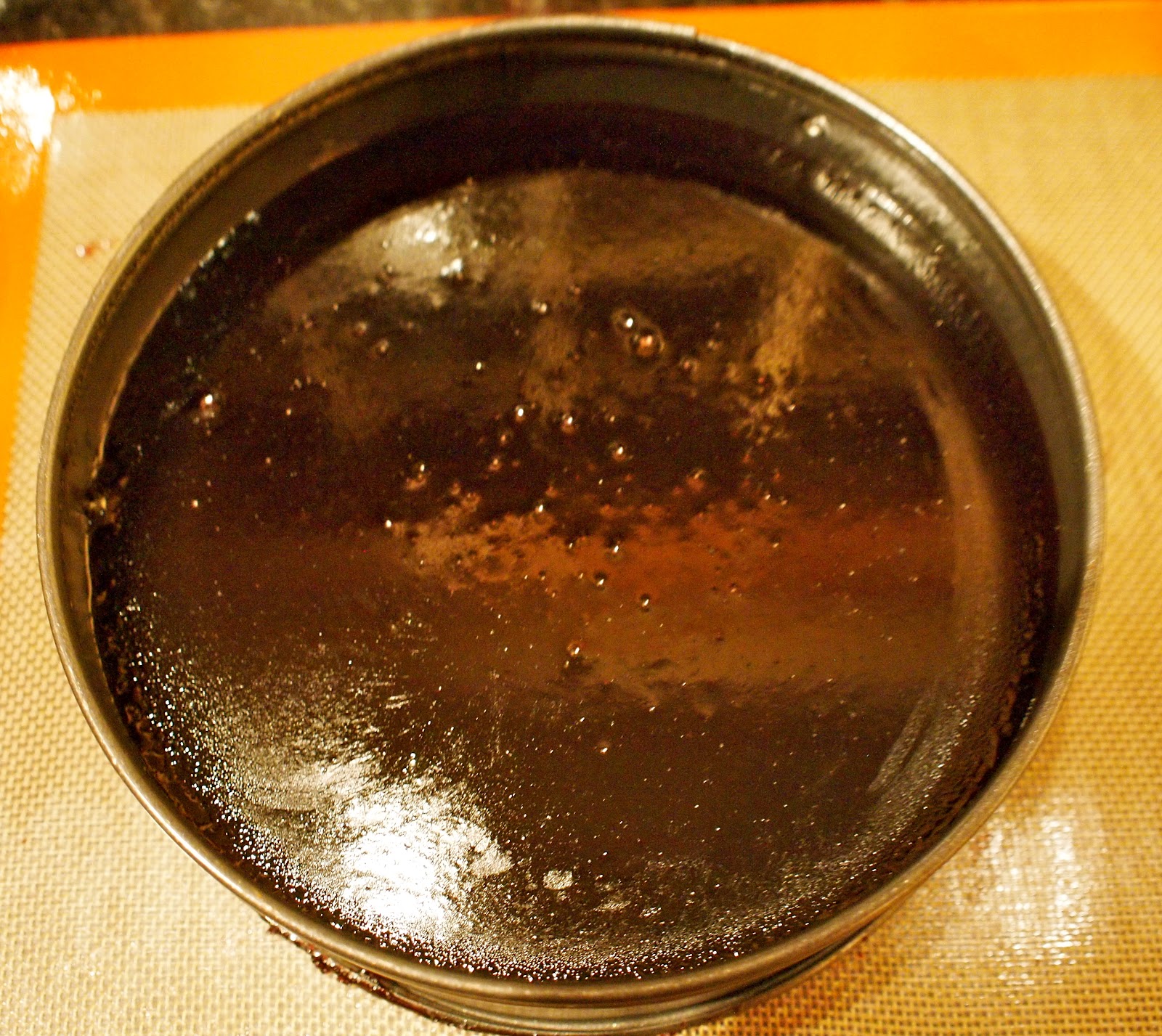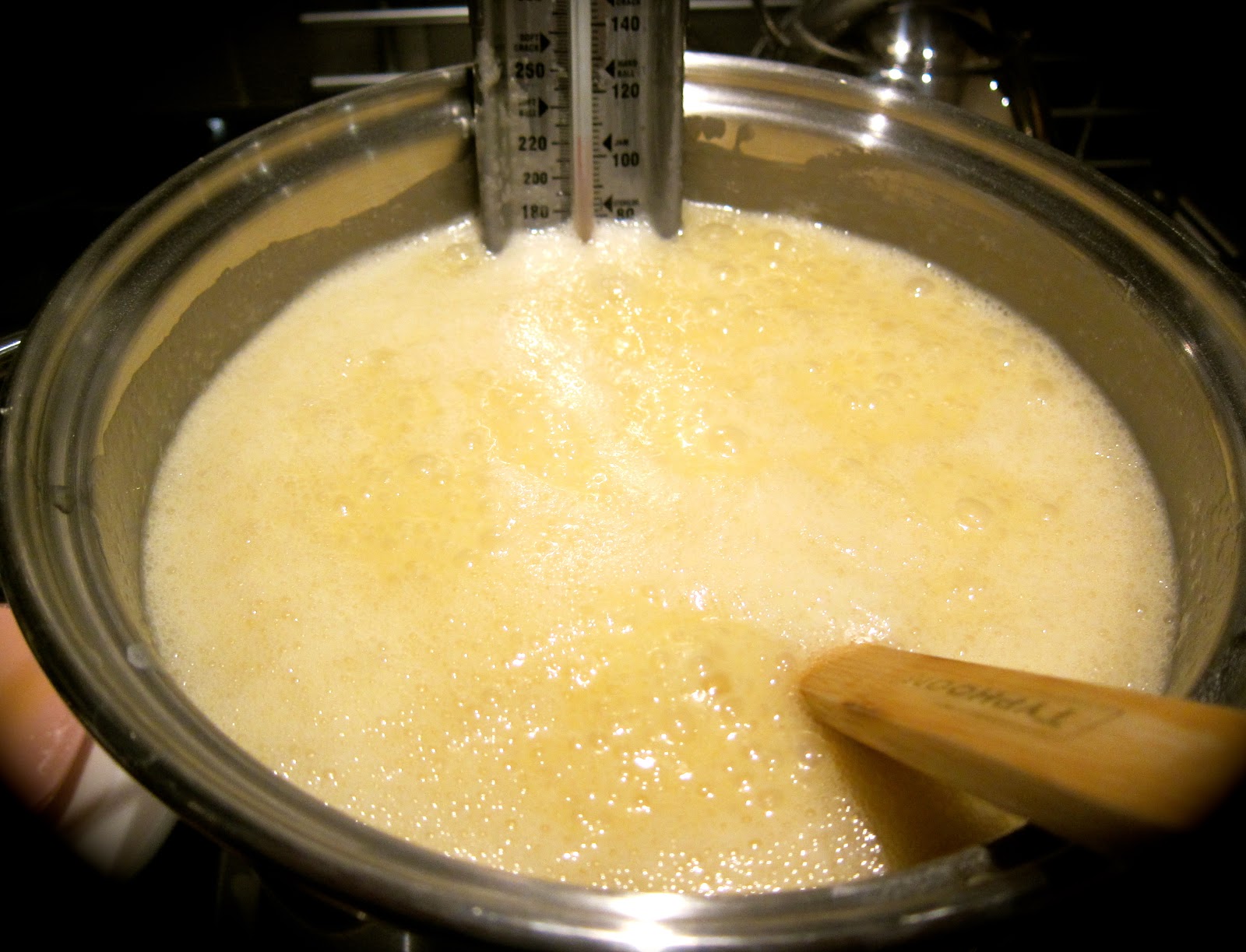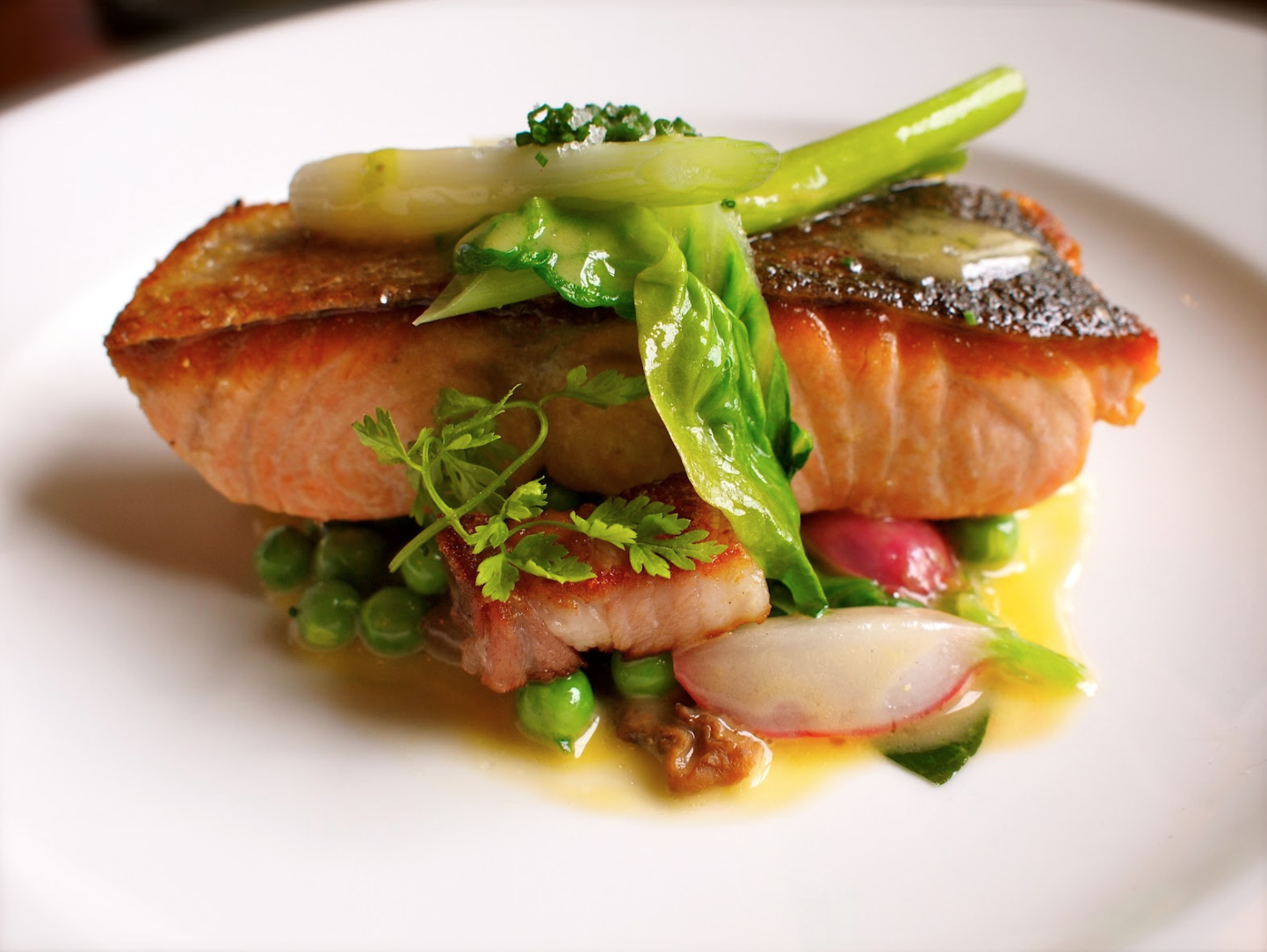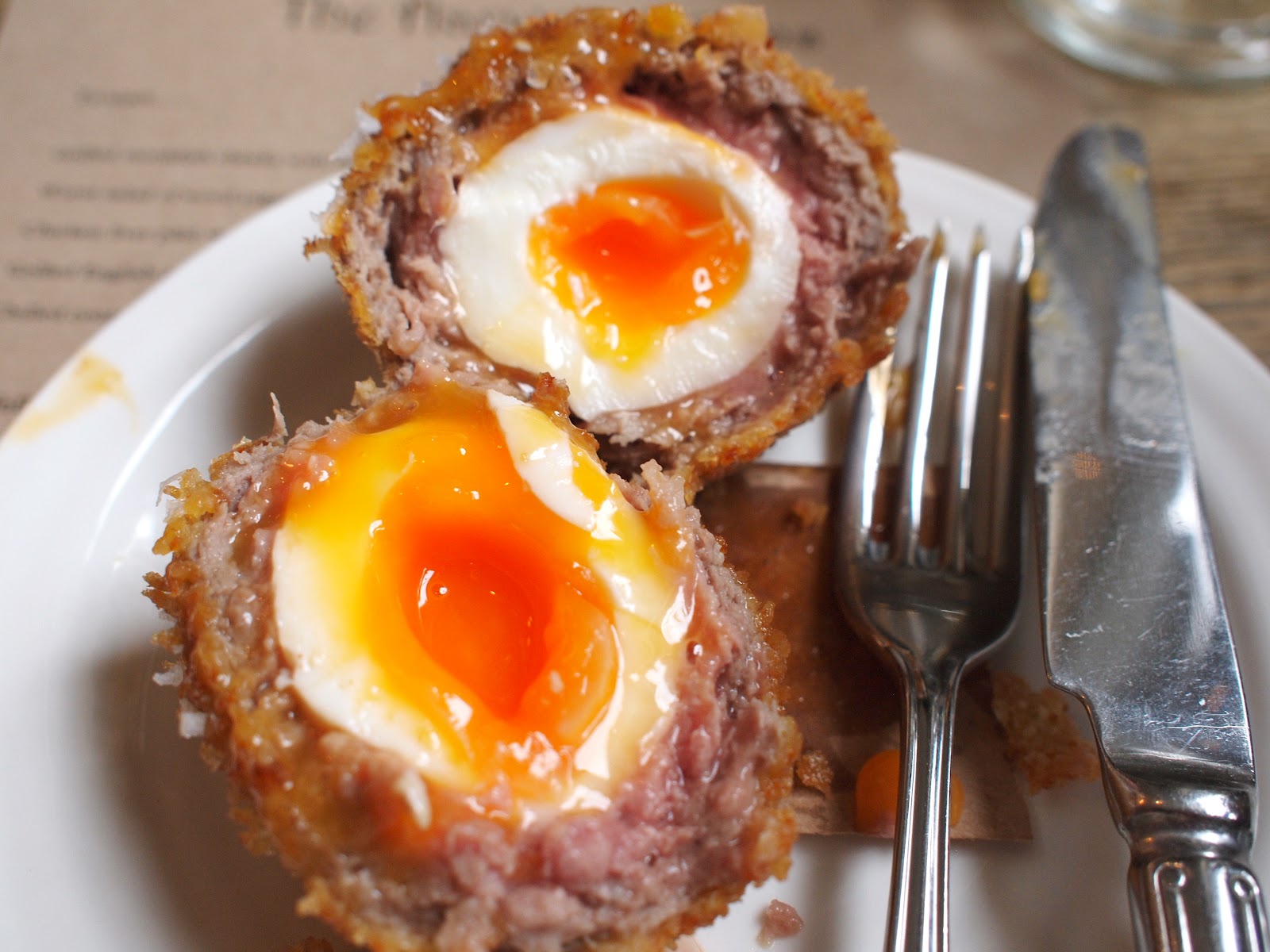We’ve all seen them dotted around the plates of certain chefs, but when Nigel Haworth had an agar gel on the BBC’s Saturday Kitchen, it suddenly seemed very mainstream. Had to make one didn’t I? I have lots of recipes for agar gel, but I thought I’d make this one, using blackberries instead of blackcurrants.
Actually, it was surprisingly easy to make, and immediately it stuck me that it would actually make a very good vehicle for flavouring macaron – the gel is firm enough to stand proud, but still tastes very much of its key ingredient – ideal for macaron then! I will be experimenting with a number of them to see how they compare to the more ‘jammy’ fillings, and I think I’m going to give Kuzu a go for exactly the same reasons.
When using a ‘molecular’ component, it is incredibly important to get the weight of ingredients absolutely accurate. It’s 6g of agar agar, this must be exact. I use this kind of scale for measuring ingredients like this – it measures in 0.01g increments – some scales work in 2g increments – check your scale before measuring it out!
I should point out, by the way, these photos are on a saucer not a dinner plate!
Ingredients
- Add the blackcurrants, sugar, lime juice and water to a medium sized pan and bring to the boil.
- Boil for two minutes and then pass through a fine sieve.
- Place the blackcurrant liquid back into the pan, bring to the boil, whisk in the agar agar and return to the boil.
- Once boiled, pass through a sieve again and place into a tray and put in the fridge until the liquid has set to a gel.
- Once the gel has set, place into a blender and blend until smooth.
- Pour into a squeezy bottle and reserve.
